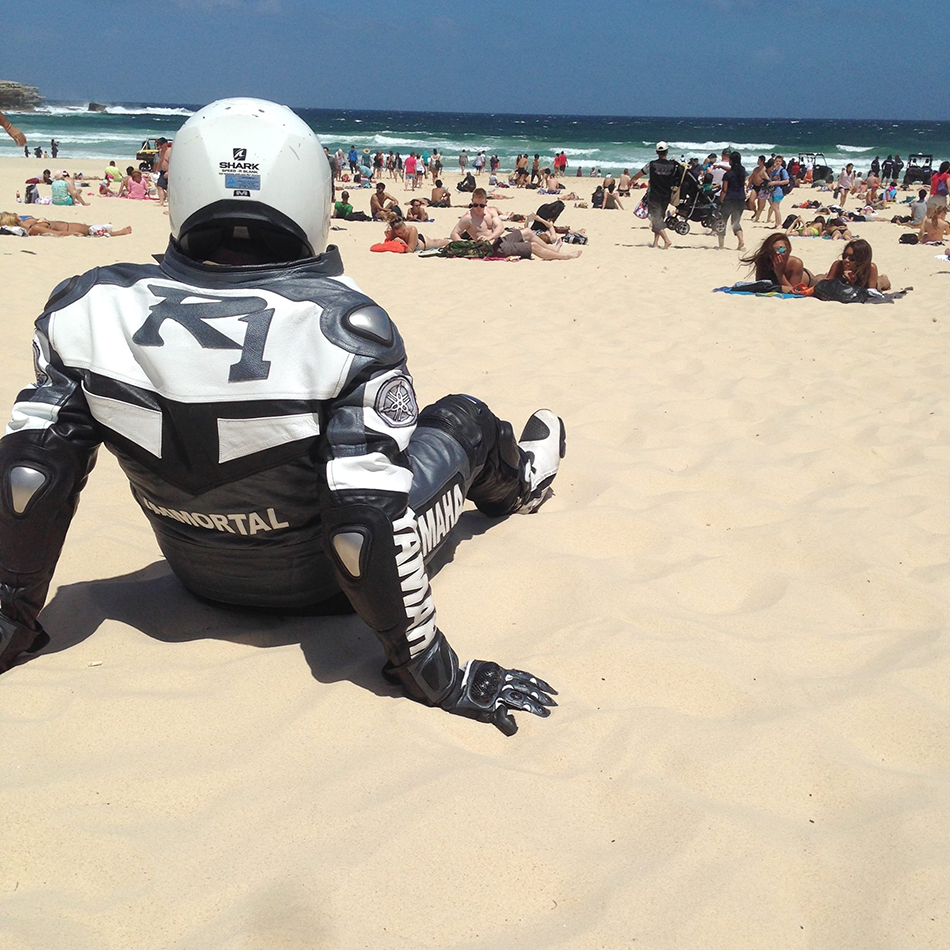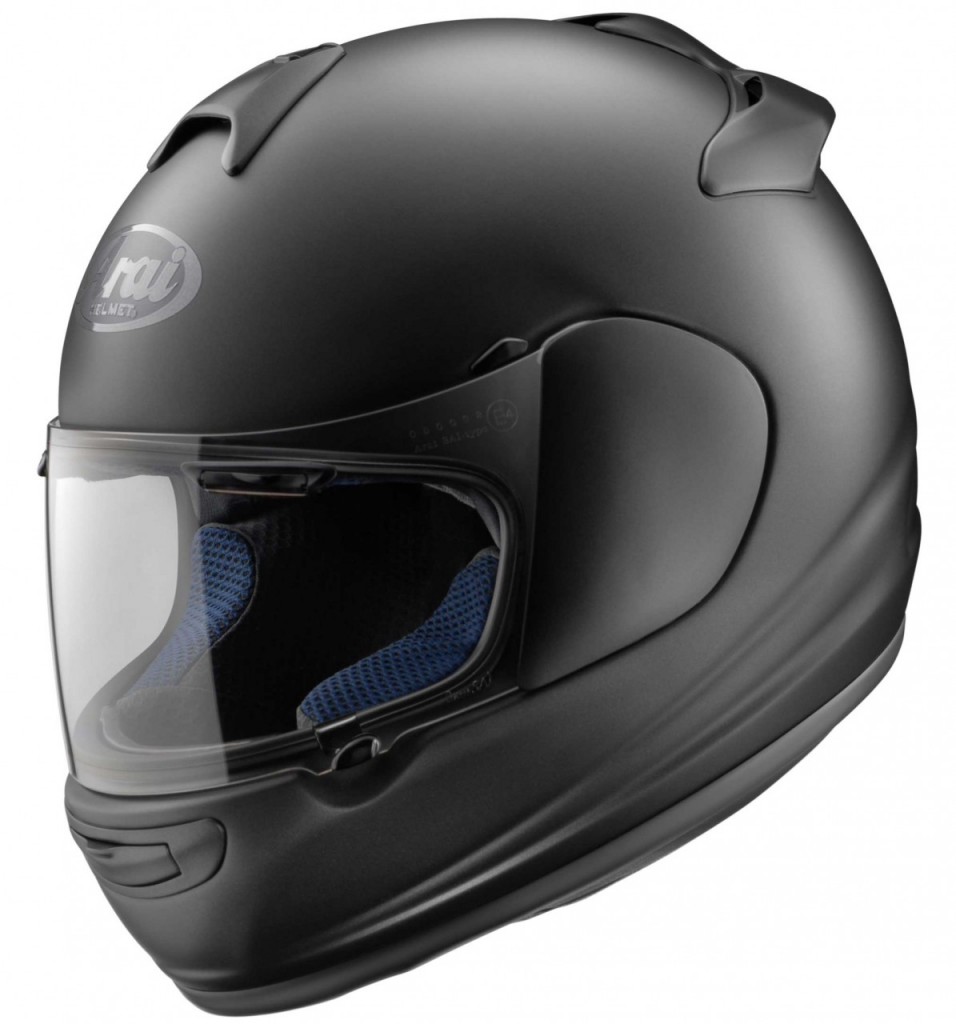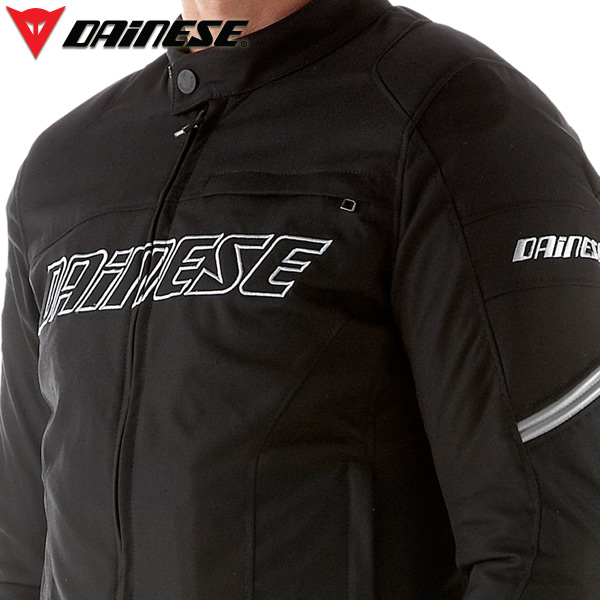Perhaps one of the questions I get asked the most when talking to mates who are just starting out – “what motorcycle gear should I go for?”
The question is a good one and justifies a reasonably in-depth response. This is why I’ve decided to write a post covering my thoughts on motorcycle gear purchases when first delving into the glorious world of motorcycling. I hope that this information helps a little when choosing your kit.
I figure the best place to start with a post like this would be to outline a general list of protective gear ordered by importance, with the items of paramount importance appearing at the top of the list, all the way through to the somewhat optional items down the bottom:
- Helmet
- Jacket
- Gloves
- Boots
- Pants
It goes without saying that the helmet is by far the most important item on the list. Aside from protecting you from the obvious, it is illegal to ride without an approved helmet here in Australia. A supplementary question that often gets asked is, “how much should I be spending on my first helmet?”, to which I often say “how much is your head worth?”. The truth is, the vast majority of helmets that meet Australian standards are actually quite good, even on the lower end of the pricing spectrum. You’ll find that by paying more for your lid, you’ll get a lighter, lower profile and solidly constructed unit as opposed to a heavier, larger and often poorly pieced together helmet. This is generally true for both full-face and open-face constructions… Which brings on another commonly asked question, “Should I go open-face or full-face?”
This bonus question is a little trickier to answer. The advice I give when posed with such a question is to go with what you like, but I never let things go without making mention of the facts relating to helmet collision points in the unfortunate event of an accident. The below diagram does an excellent job of illustrating the distribution of collision points and their related frequencies in motorcycle crash data.
Before you change your mind about going for an open-face helmet, spend some time thinking about the kind of bike you’ll be starting out on, the kind of riding you intend to do and how much control you have over twisting your right wrist. If you’re prone to stupidity, go full-face…. If you’re picking up a sportsbike, go full-face…. If you are likely to push the limit of your two-wheeled steed, go full-face. If you are picking up a badass looking small-displacement cruiser and aren’t likely to be pushing lap-records around town, you might find an open-faced helmet is more your pace. The choice is yours – weigh up the risk.
Enough about helmets – the next most important items are for your upper-body. I would go as far as to say jacket and gloves sit on the same tier of importance. There are very many different shapes and styles of jackets to choose from and just as many different schools of thought for selecting the one that’s right for you.
Before deciding on your jacket, my best advice would be to take some time to look at the riding that you will be doing. Ask yourself some pertinent questions:
- Will your motorcycle be your only mode of transport?
- Will you be commuting on your motorcycle?
- Will you be travelling long distances on your motorcycle?
- Are you likely to ride in wet conditions if the circumstances arise?
Depending on your responses to the above, your choices will be affected drastically. In order to clarify, I’ve put together a few “use cases” based on the responses I’ve heard to the questions above:
- “I plan to ride interstate to see that sexy lady I met that time” – go textile in case you two hit it off and riding interstate becomes a regular occurrence. Riding long distances will expose you to the elements. Freezing rain and blistering heat are not uncommon. Invest in textile gear, preferably with an option to zip-in thermal lining and/or vents that can be opened to let the breeze in during the hotter days. Some textile gear offers waterproofing which is vital for the avid tourer. Textile gear ranges in price greatly depending on brand and the waterproofed options tend to come at a premium.
- “I want to ride to the local pub/cafe and look cool doing so. I don’t want to look like a goon walking into a place wearing my motorcycle jacket” – go leather so that you can look majestic as fuck when dismounting your shed-built steed. There are a range of awesome looking leather jackets out there these days for the more casual application. Roland Sands Design (RSD) as well as some of the new Dainese designs spring to mind. These are generally quite pricey.
- “I want to hit the national parks and get my knee down” – go leather and after you’ve bought your new leathers, go to Superbike School since you’re probably going to get yourself killed if you don’t first learn to control your bike properly (I don’t condone riding like a lunatic on public roads). Provided you’ve got the experience to corner, you might want to start looking at “racier” leathers. At some point you’ll need a proper set of leathers in the form of a 1-piece or 2-piece suit if you plan to head to the track. There are also many intermediate options around that don’t look entirely “race” or entirely “casual”. These range in price, with suits generally costing a fair bit more.
![Dainese Avro [Two Piece Suit]](http://findyourexit.com/wp-content/uploads/2014/06/dainese_suit_avrodiv_anthracite_detail_2_600.png)
I picked up a Dainese Avro (two piece suit) when I purchased my Yamaha R1 (bigger bike, better gear)
- “I will be using my motorcycle to get me to and from work as well as around town” – go textile unless you have alternate means of transportation for when the weather takes a turn for the worse. The sheer versatility of textile gear makes it ideal for the vast majority of circumstances. As mentioned, textile gear ranges in price.
Regardless of you jacket choice, your glove selection is a lot simpler of an endeavour! While there are many styles of gloves around, there are only a few distinct differences between two sets of gloves in terms of construction. I don’t have any personal recommendation for glove choice other than to choose sensibly. If you’re going to be doing more “spirited” riding, go for a more protected glove. Common sense prevails. You’ll find several options available to you; it all comes down to personal preference. Some characteristics that vary include, but are not limited to:
- Wrist length/coverage.
- Armour integrated into positions on the glove (palms, outside the little pinky, on the knuckles, etc).
- Construction material.
- Waterproofing (highly recommended).
There are certainly cheap gloves on the market, however it’s definitely worth pouring some extra coin into a good set that won’t fall apart on you. Gloves cop some serious abuse when riding, particularly if you have a habit of throwing your motorcycle down the road.
When it comes to lower-body gear, boots are pretty damn important. If you’ve spent any time in the motorcycling communities out there, you’re certain to have been unfortunate enough (like myself) to have seen the abundance of “horror stories” that depict peoples’ feet torn to shreds after getting caught under their motorcycle during a slide (or worse). Always wear appropriate foot protection.
A good riding boot will (at least) cover your ankle and often rise further up the shin/calf. Sports riding boots will offer full shin protection and reinforced ankle, heel and toe protection. Choose a boot that fits your riding style. If you are wearing fully waterproofed textile gear, your best bet is to pick a riding boot that is adequately waterproofed also. This can often affect your choice of riding pants as wet weather riders will want to prevent water dripping down into the boot from the pants – this will typically mean that the boot must be able to slip under the legs of the pants.
Speaking of pants – there are a fair few options on this front also. If you have the coin to spare, you may as well pick up a pair of Draggin jeans which boast interwoven kevlar patches to combat friction damage caused by sliding injuries. Pretty cool promo video also:
That said, I wore a pair of Draggin jeans starting out, but haven’t really used them in the past 5 years. They still serve a purpose, but have been superseded by better protective gear with built-in armour to minimise impact damage as well as damage caused by friction.
I knowwwwww… I’ve rambled on quite a bit… If there is one thing that I’d like for you to take away from this post, it would be…
So if you agree with the any of the above, feel free to share it to your friends when questions come your way. I hope this helps and thanks for reading!








